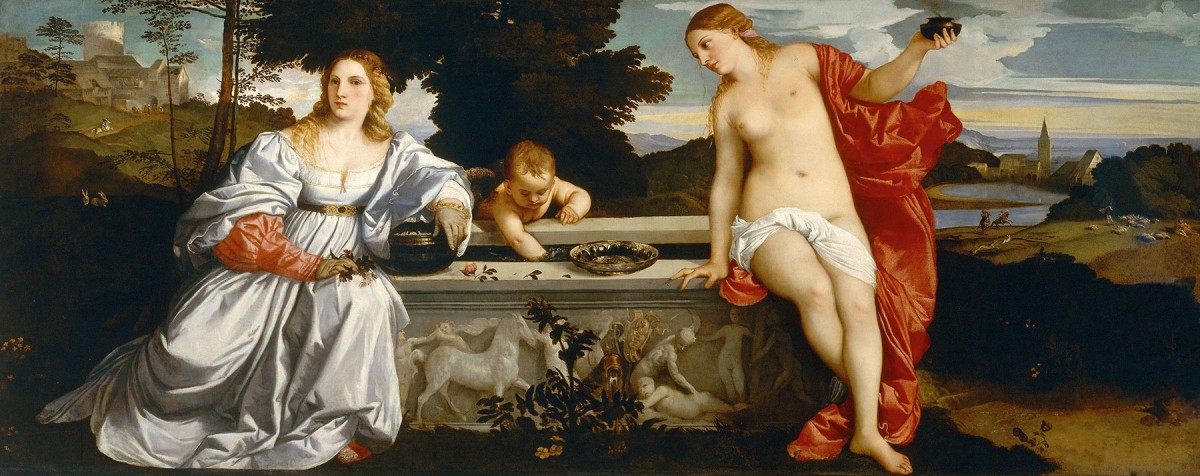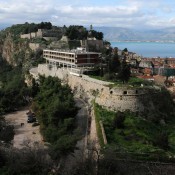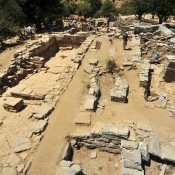The contrast between the Venetians’ use of Colour and Drawing as executed by the Tuscans was theoretically confirmed in the sixteenth century largely thanks to the work of Giorgio Vasari; in his Life of Titian, included in the Giuntina edition of 1568, he wrote that many “Venetian” painters, such as Giorgione, Palma, and Pordenone and others “who never saw Rome or any other works of absolute perfection”, should conceal “beneath the glamor of colouring the painful fruits of your ignorance of design”.
The biographical profile of Titian is highly important in the ideological system of the Vite. Indeed, in the same biography Vasari describes Giorgione’s work method and includes a brief mention of Jacopo Bassano and Jacopo Tintoretto; the Arentine also paints a concise and vivid portrait of the latter in the Life of Battista Franco, and in fact both Titian and Tintoretto were personalities emblematic of his thinking and subsequent prejudices against Venetian drawing and, more generally, the Veneto.
The rift between the Florentine culture of Drawing and the Venetian culture of Colour became more pronounced from the 1550s in particular, and it was no coincidence that around the middle of the century in Florence Drawing became the focus of theoretical considerations destined to have far reaching effects on the conceptual formulations and in the technical nomenclature concerning it. This was after all the city that developed the definition of Drawing conceived as lineamentum, for example with Alessandro Allori (not much later than 1560) and Vasari (in 1568), who, in the wake of Vitruvius and Alberti, judged the linear trace most pertinent to architecture, finally considering it to be the third son of the father Drawing, along with painting and sculpture. Against the background of his thinking, there was of course an awareness of the role played by the Accademia del Disegno, founded in Florence in 1563 and immediately established as the foundation of proper artistic work.
The exhibition at The Uffizi is twinned with the Ashmolean Museum in Oxford and combines drawings selected from the two collections. It follows the one in Oxford, which was open between October 2015 and January 2016, and features a smaller selection of works aimed not so much at offering a comprehensive overview of Venetian drawing between the late fifteenth and eighteenth centuries as exploring, through emblematic examples, the polysemantic varieties of drawing (in technical and typological terms) in Venice and the Veneto area. The works on display show how artists of the Venetian culture were able to establish a dialogue with central Italian drawing, and Florentine in particular, albeit maintaining the triumph of Colour over Line.
Duration: Oct. 25, 2016 – Jan. 15, 2017





